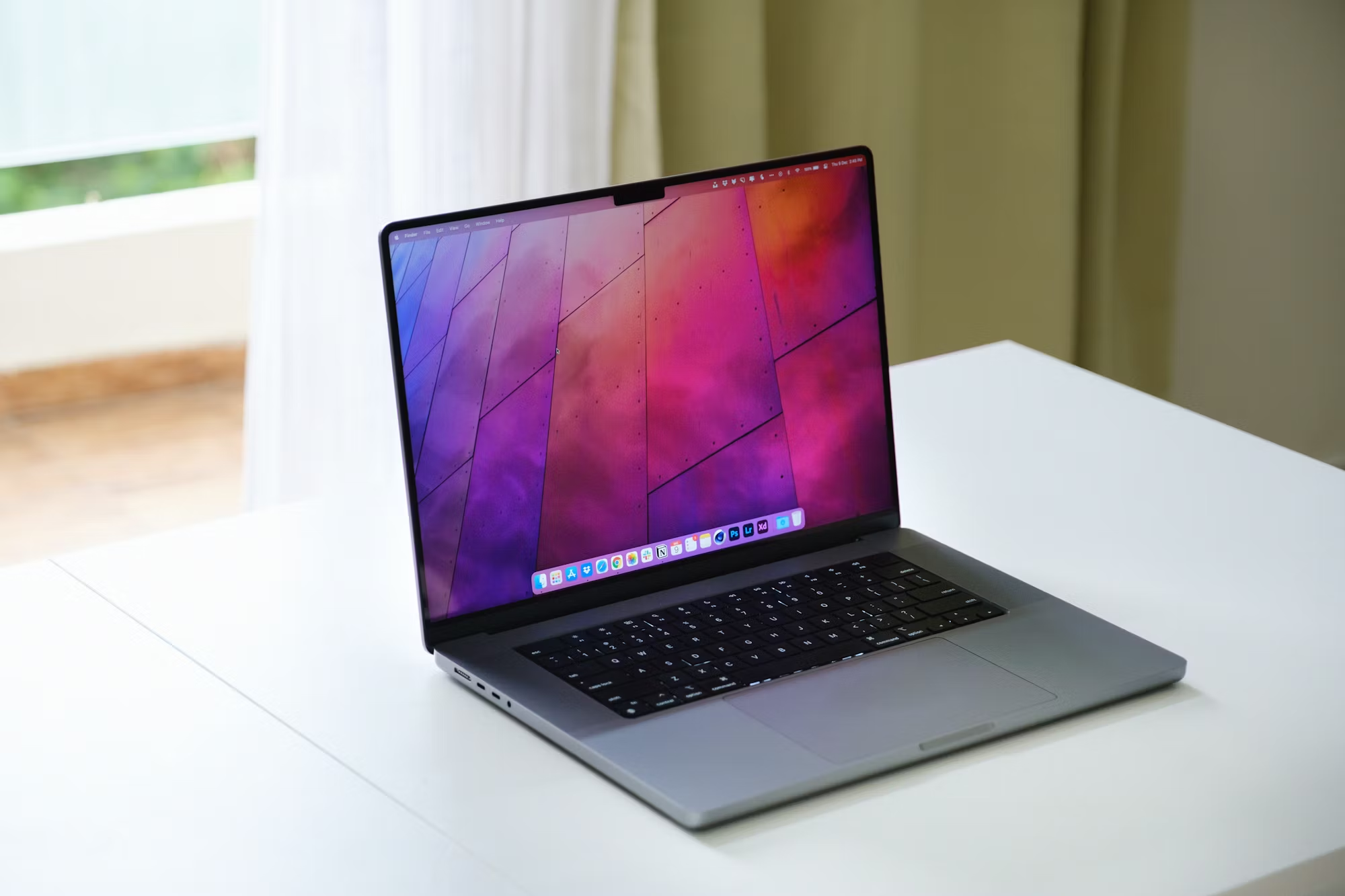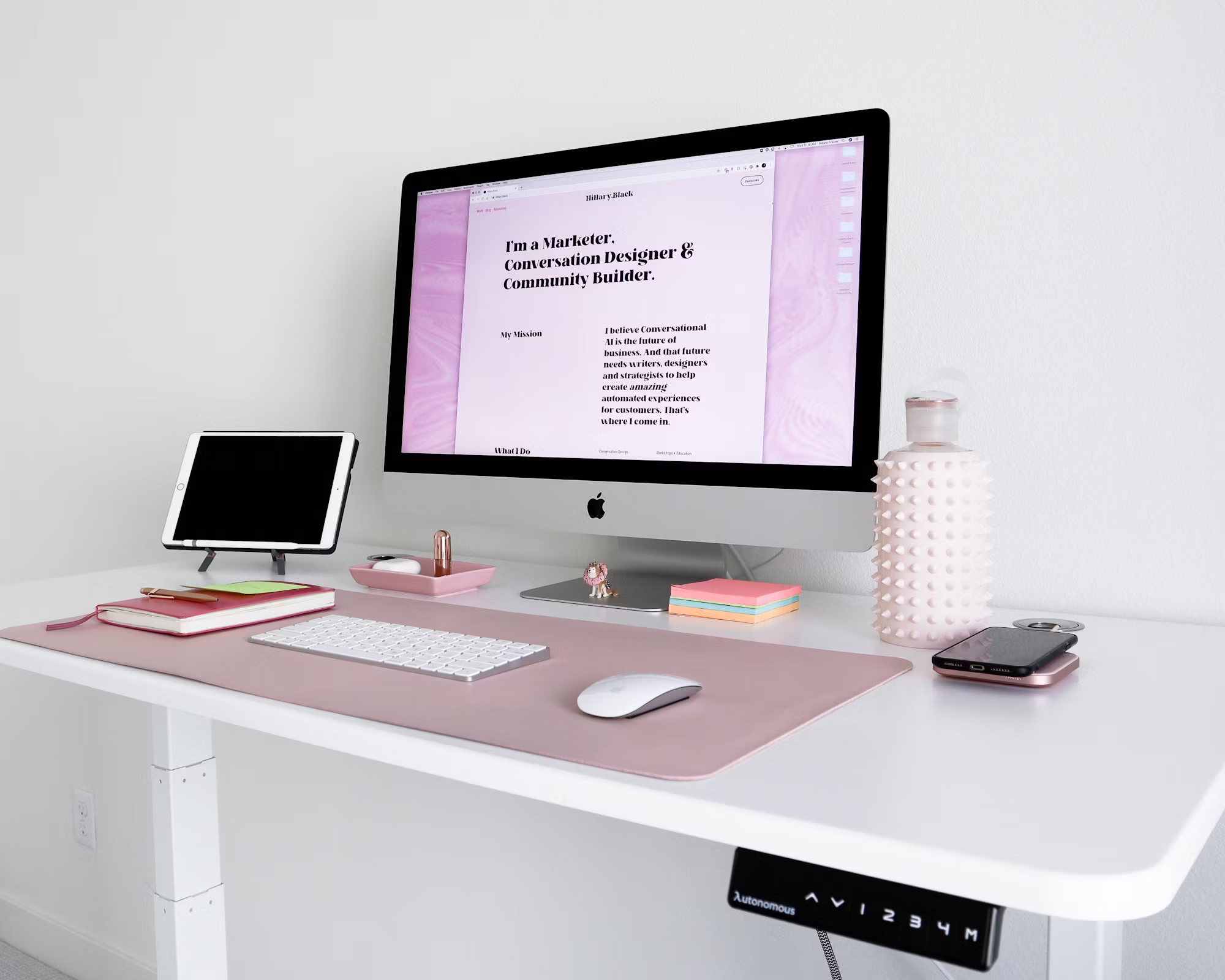The design of school desks has evolved significantly over the centuries, from the earliest wooden benches in classrooms to the ergonomic and technology-integrated furniture found in today’s schools. This evolution is not only a reflection of changing aesthetics but also a response to shifts in educational philosophy, technological advancements, and an increasing understanding of student well-being. The way desks are designed directly impacts how students interact with their learning environments, influencing everything from comfort and focus to collaboration and creativity.
The Early Days: Simple Benches and Focused Attention
The concept of a desk in education dates back to the medieval period, though its form was quite different from what we see today. In the earliest classrooms, students often sat on long, hard benches with no personal space, and there was little to differentiate one student’s workspace from another. The main objective of the classroom was to impart knowledge in a highly structured and formal environment, with students seated in rows and facing forward toward the teacher.
This arrangement was functional, but it was far from ideal. With limited personal space, students had little opportunity for interaction or movement. These benches, typically constructed from wood, were uncomfortable and not designed with ergonomics in mind. The focus of education at this time was largely on memorization and rote learning, and the classroom layout reflected this emphasis on individual attention rather than collaborative or interactive learning.
The 19th Century: The Rise of the Individual Desk
As education became more formalized in the 19th century, the need for individual desks became more apparent. With the rise of public education systems, classrooms grew larger, and teachers needed a way to manage more students. The traditional benches were replaced by individual desks, which allowed students to have their own space to work and store materials. The desks were typically made of wood, with a small writing surface and an attached seat.
At this time, desks were still very utilitarian. The focus was primarily on providing students with a space to write and take notes, while the overall design remained fairly rigid and standardized. The seating was not adjustable, and desks were often uncomfortable for long periods of sitting. Still, this shift marked a major development in how students interacted with their learning environments, as it allowed for more organized and individualized work.
The Early 20th Century: The Industrial Age and Standardization
By the early 20th century, the desk had become a ubiquitous feature of the classroom. With the advent of the Industrial Revolution, education systems began to standardize their designs and processes. This period saw the introduction of more uniform and durable desks, often made from metal and designed for mass production.
These desks were more practical than their predecessors, and the standardization of desk designs helped to streamline the classroom experience. However, this period also saw a focus on efficiency rather than comfort. Desks were designed to accommodate the growing number of students, but little thought was given to ergonomics or student well-being. As a result, students were still subjected to long hours of sitting at desks that did not promote healthy posture.
The design of desks during this period also reflected the hierarchical nature of education. Desks were typically arranged in rows, facing forward toward the teacher, with little room for interaction or collaboration. The classroom was viewed as a place for individual work and instruction, and desks were designed accordingly.
Mid to Late 20th Century: The Shift Toward Ergonomics and Comfort
In the mid-20th century, as educational philosophies began to shift, so did the design of desks. The rise of progressive education, which emphasized student-centered learning, collaboration, and critical thinking, prompted educators to reconsider how classroom environments could support these new goals. This period saw the introduction of more ergonomic desk designs that prioritized student comfort.
One of the most notable developments was the introduction of adjustable desks and chairs. For the first time, desks were designed with student health in mind, with adjustable heights that allowed for a more personalized fit. These desks provided students with the ability to adjust their workspaces to a height that was more conducive to good posture, which helped reduce physical strain and discomfort during long hours of sitting.
In addition to ergonomic considerations, desks began to incorporate more flexible features. For example, classroom furniture began to include more storage options, such as drawers and cubbies, to help students stay organized and reduce clutter. These changes reflected a broader shift in education toward creating environments that supported a variety of learning styles and activities.
The 21st Century: The Integration of Technology and Collaborative Learning
As we move into the 21st century, the role of desks in the classroom has continued to evolve. One of the most significant developments has been the integration of technology into classroom furniture. Desks are no longer just places to write or store materials—they are now hubs for digital learning.
With the rise of laptops, tablets, and other digital devices, modern desks are often equipped with built-in charging stations, power outlets, and cable management systems to support students’ technological needs. Many desks now come with spaces specifically designed for laptops or tablets, allowing students to engage with digital content in a seamless way. Some desks even include screens or interactive touch surfaces, turning the desk into an active learning tool.
Moreover, desks have become more adaptable to the needs of today’s collaborative learning environments. The traditional desk, often arranged in rows, is being replaced with modular and flexible furniture systems that can be easily rearranged to accommodate group work, discussions, and interactive projects. Desks with rounded edges, for example, encourage students to sit closer together, fostering communication and collaboration.
Another trend in 21st-century desk design is the focus on comfort and well-being. As research continues to show the importance of good posture for long-term health, modern desks are designed with ergonomics in mind. Adjustable-height desks, lumbar support chairs, and footrests are now common features in classrooms, promoting better posture and reducing strain on students’ bodies.
The Future of Educational Desks: Smart, Sustainable, and Adaptive
Looking ahead, the future of educational desk design will likely be shaped by several key trends. One of the most exciting possibilities is the integration of smart technologies. Desks equipped with sensors could monitor students’ posture and alert them if they are slouching or sitting for too long. Additionally, desks could feature integrated touchscreens or augmented reality displays, providing students with immersive learning experiences right at their desks.
Sustainability will also play a major role in the future of educational furniture. As concerns about the environment continue to grow, desk manufacturers are increasingly turning to eco-friendly materials, such as recycled wood and biodegradable plastics. Additionally, the design of desks will likely move toward creating long-lasting, durable products that reduce the need for frequent replacements.
Finally, the future of desks will likely see even more emphasis on flexibility and adaptability. Desks will continue to be designed with multiple uses in mind, allowing for a variety of seating arrangements and learning activities. This flexibility will be essential as schools move toward more personalized, student-centered learning experiences.
Conclusion: The Role of Desks in Shaping Learning Environments
The evolution of school desks reflects broader changes in the educational system. From the earliest wooden benches to the high-tech, ergonomic desks of today, the design of classroom furniture has continuously adapted to meet the changing needs of students and educators. As education continues to evolve, so too will the furniture that supports it. The future of desks in education will likely see even more innovation, as technology, sustainability, and student well-being drive the next generation of classroom designs. Ultimately, the desk is not just a piece of furniture—it is an essential tool that shapes the learning experience and helps students succeed in an ever-changing world.






